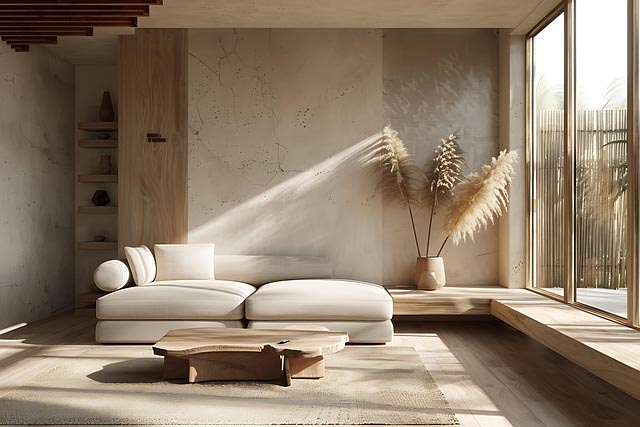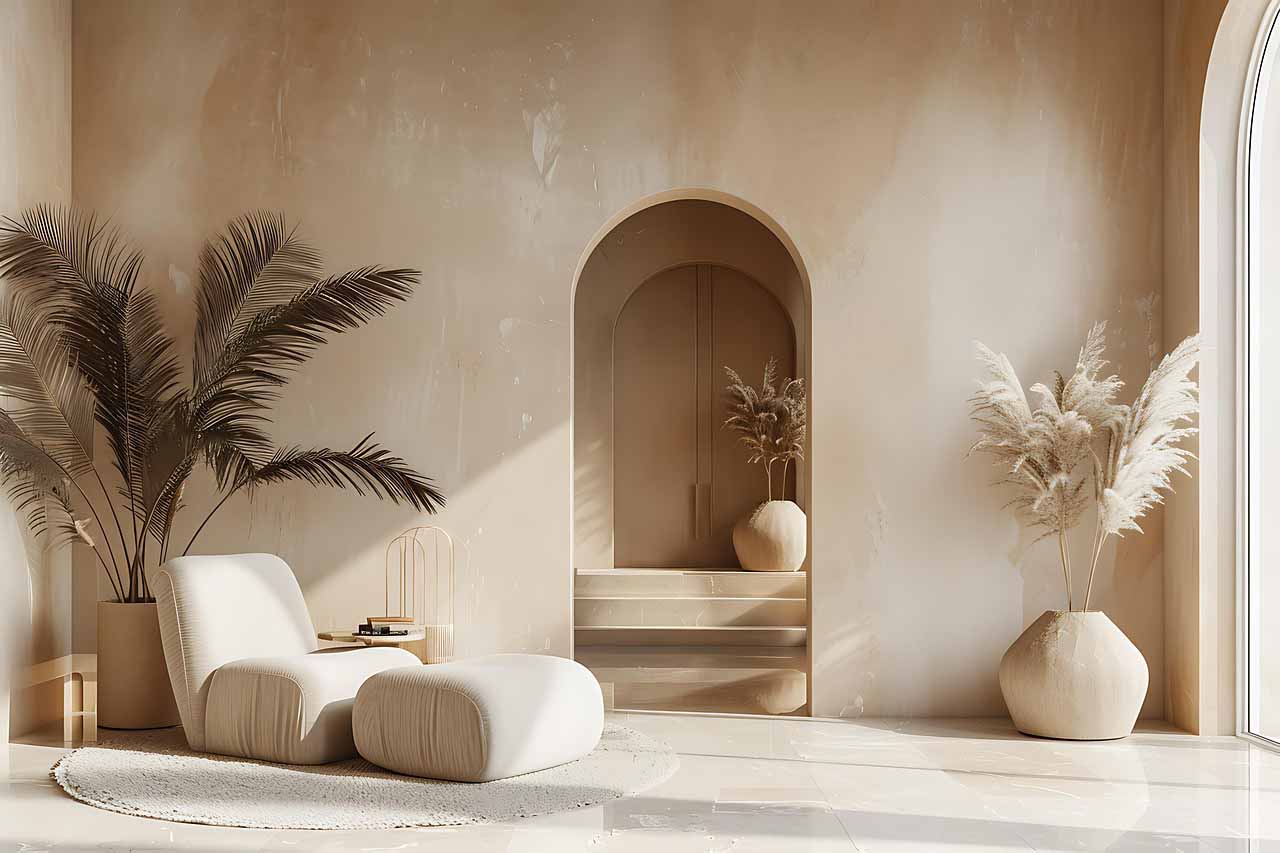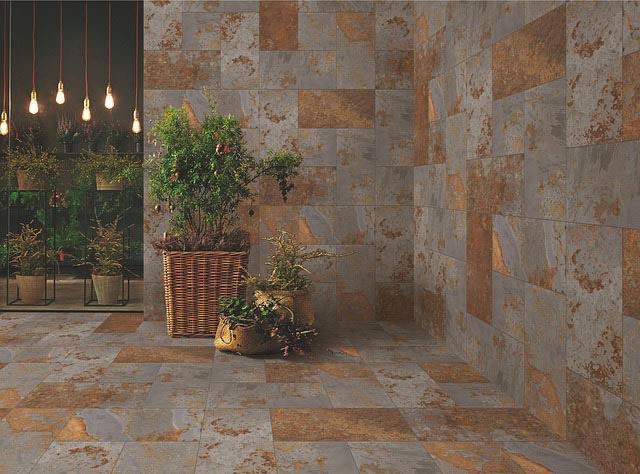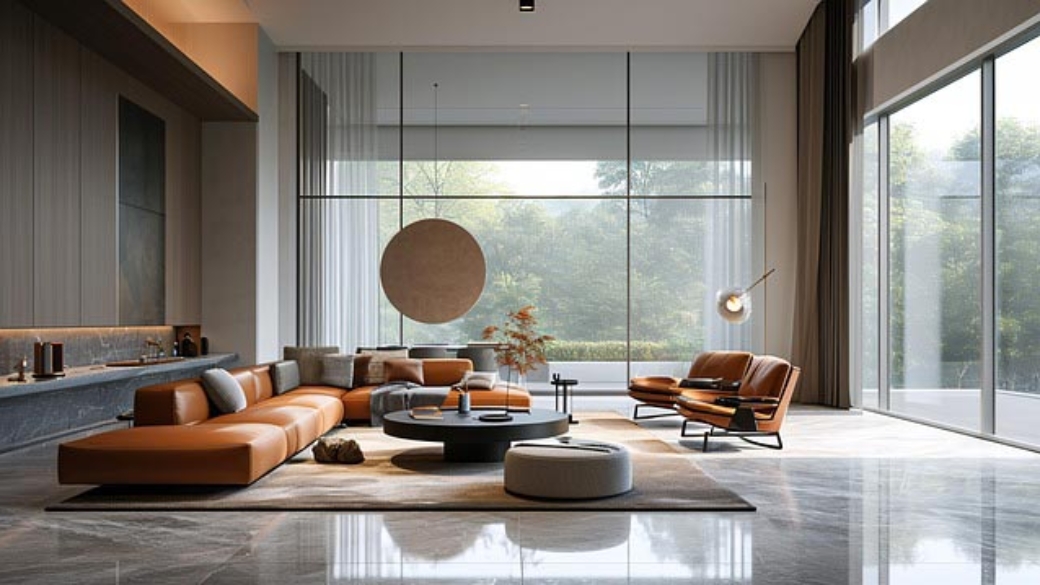Key Highlights
- The design wall trend, starting in quilting, is now a major influence in modern interior design for 2025.
- This trend is driving significant demand for versatile and high-quality wall panels as a foundational element.
- Customization is key, allowing you to create a personalized design wall that reflects your unique style.
- Wall panels offer both functional benefits for organizing projects like quilt blocks and decorative appeal.
- You can create a simple portable design wall with supplies from home improvement stores.
- Modern wall panels provide sophisticated solutions beyond basic DIY methods.
Introduction
Have you ever looked at a blank wall and seen a canvas for your creativity? You’re not alone. The design wall trend is transforming how we see our interior spaces, moving beyond simple decoration to create interactive and personal displays. This growing desire for dynamic aesthetics is a major reason for the rising demand for high-quality wall panels in 2025. These panels are the perfect tool to bring your own design wall vision to life, turning any wall space into a statement of your identity.
The Rise of the Design Wall Trend in Interior Spaces
The concept of a design wall isn’t new; it has its roots in the creative worlds of quilting and sewing. Quilters have long used these surfaces to arrange fabric pieces and visualize their final product. Now, this practical idea is making a huge splash in mainstream interior design.
Homeowners and designers are embracing the design wall as a way to make a space feel more personal and adaptable. Instead of static decor, you can have an evolving display of art, ideas, or projects. This shift is fueling the popularity of structured wall panels, which provide a perfect, polished foundation for any design wall.
Understanding the Concept of Design Walls
So, what exactly is a design wall? At its core, a design wall is a vertical, flat surface where you can arrange and rearrange creative elements. In the quilting world, it’s an essential tool for laying out quilt blocks to see how colors and patterns work together before sewing. This allows you to step back and get a big-picture view of your project.
Imagine being able to play with your design without commitment. That’s the magic of a design wall. It serves as an imagination station where you can experiment freely. The surface is typically covered with a material like flannel or felt, which gently grips fabric pieces, holding them in place without pins.
Many crafters create their own design wall using simple materials like a large foam board covered in fabric. This surface becomes a temporary home for quilt blocks, letting you catch mistakes and perfect your layout. It’s a functional approach that puts your creative process on full display, making the wall a part of the art itself.
How Design Walls Are Transforming Room Aesthetics
A design wall does more than just serve a practical purpose; it fundamentally changes room aesthetics. By turning a plain wall space into an interactive canvas, you create a dynamic focal point that draws the eye and tells a story. This is a major trend for living rooms and creative spaces, where personalization is highly valued.
Instead of a single piece of art, a design wall allows for an ever-changing display. You can feature your latest quilt designs, mood boards for a new project, or even a rotating gallery of family photos. This flexibility keeps your space feeling fresh and reflective of your current inspirations. Using wall panels as a base for your design wall adds a layer of sophistication.
This approach transforms the wall from a simple structural element into a centerpiece of transformation. Materials like insulation boards can be covered to create large-scale, pinnable surfaces, offering a solid foundation for more ambitious quilt designs and creative displays. The result is a room that feels alive and uniquely yours.
Popular Settings for Design Wall Integration
The most natural home for a design wall is, of course, a dedicated creative space. A sewing room or quilting studio is the perfect environment for a large, permanent design wall where projects can be left up for days or weeks. It helps organize your workflow and keeps your sewing studio tidy by getting projects off the floor.
However, the appeal of a design wall extends far beyond the sewing studio. Think about how a design wall could transform other areas of your home. Popular settings now include:
- Home offices for brainstorming and project planning.
- Living rooms as a unique, evolving art installation.
- Kids’ playrooms for displaying their latest masterpieces.
- Basements or multi-functional rooms.
You can find ready-made design wall solutions and the materials to build your own at specialty sewing shops or online. For a more robust and permanent installation integrated into your home’s design, you can find materials like specialized boards at home improvement stores or work with companies that create custom wall panels.
Wall Panels: The Backbone of Modern Design Walls

While DIY methods using foam core or insulation boards are excellent starting points, the design wall trend is evolving. For a more permanent, refined, and integrated look, high-quality wall panels are becoming the go-to solution. These panels provide a sturdy and professional foundation that elevates the entire concept.
Using wall panels as the base for your design wall transforms it from a simple crafting tool into a sophisticated architectural feature. They offer durability and a polished finish that DIY materials can’t match, making your design wall a true centerpiece. We will explore the types of wall panels available and their many benefits.
Types of Wall Panels Used in 2025
To build a design wall, you have several material options, ranging from simple DIY supplies to more advanced wall panels. For a home-built project, many people start with a sturdy backing board. This could be anything from foam core boards to a more rigid foam insulation board.
These boards provide a solid, pinnable surface that can be covered with fabric. A common choice for the covering is a flannel or fitted sheet, as the texture helps fabric pieces stick. A thin composite board can also be used for a sleeker, more durable backing. These materials give you a functional design wall with minimal investment.
However, for a truly integrated and high-end look, professionally crafted wall panels are the superior choice. They are designed for both beauty and function, offering a seamless finish that becomes part of your home’s architecture.
Material Type | Description | Best For |
Foam Core Boards | Lightweight and easy to cut, ideal for smaller, portable design boards. | Small projects and temporary setups. |
Foam Insulation Board | A 4×8 ft panel that provides a large, pinnable surface. | Large, semi-permanent installations in a dedicated space. |
Thin Composite Board | A sturdy, rigid panel that offers more durability than foam. | A more robust DIY design wall. |
Custom Wall Panels | Professionally made panels with premium finishes (e.g., wood, fabric). | Permanent, high-end architectural features. |
Functional and Decorative Benefits of Wall Panels

The benefits of using wall panels for your design wall go far beyond just looking good. They merge high-end aesthetics with practical functionality, creating a surface that is both a work of art and a useful tool. Unlike a simple foam core board, these panels can be designed to enhance your room’s acoustics and thermal insulation.
From a decorative standpoint, wall panels provide a seamless and luxurious backdrop. They can be customized to match your interior, whether you want a sleek, modern look or a rich, textured feel. This turns your quilt design wall into an intentional architectural element, not just a temporary setup. Your design wall becomes a statement piece.
Functionally, these sturdy wall panels offer a solid and reliable surface for planning intricate quilt designs. You can easily pin, arrange, and photograph your work against a clean, professional background. This stability also means your projects are safe from being bumped or disturbed, making it a far more reliable option than a simple freestanding board.
How Wall Panels Support Customizable Design Walls
The true power of modern wall panels lies in their endless customization. You are no longer limited to a standard foam core insulation board. Instead, you can create a completely customizable design wall that is tailored to your exact needs and style.
These wall panels are designed to be versatile. They can be crafted to specific dimensions, ensuring a perfect fit for any space, from a small nook to an entire feature wall. While many are designed for permanent installation, some systems offer modularity, allowing you to update or change sections over time.
Here’s how wall panels support your creative vision:
- Tailored Sizing: Unlike standard 4×8 boards, wall panels can be made to any size, creating a seamless, wall-to-wall design surface.
- Material and Finish Options: Choose from a wide array of textures, colors, and materials to create a design wall that complements your decor.
Integrated Functionality: Some modern wall panels are surprisingly light weight and can be installed with systems that allow for easier updates than traditional wall finishes.
Customization and Personalization: Key Drivers of Demand
Why is the design wall trend taking off? It comes down to one powerful driver: the desire for customization and personalization. In 2025, homeowners don’t want cookie-cutter interiors. They want spaces that tell their story, adapt to their needs, and inspire their creativity.
The design wall is the perfect expression of this desire. It’s a space you can truly make your own, whether you’re planning complex quilt designs or creating a family command center. This demand for unique solutions is why customizable wall panels are becoming so popular, as they offer the perfect blend of personal style and professional quality.
Innovations in Custom Wall Panel Design
The world of custom wall panels is full of exciting innovations that take the design wall concept to a whole new level. Forget a simple white surface; today’s panels offer a universe of possibilities. Companies like Panneli specialize in creating tailor-made solutions that reflect your unique vision.
You can now get custom wall panels that replicate the look of natural wood, feature metallic sheens, or are wrapped in high-end fabrics. These options provide a rich, textured background for your creative work. The use of creative color and luxurious finishes means your design wall is beautiful even when it’s empty.
While a portable design wall made of foam is great for retreats, these innovative custom wall panels offer a permanent, sophisticated upgrade for your home. They provide a durable, elegant, and fully customized canvas that inspires creativity and transforms your space into something extraordinary. This is the ultimate customizable design wall solution.
Choosing Materials for Unique Design Walls
When creating your unique design wall, the materials you choose will define its look, feel, and functionality. For a DIY approach, the go-to materials are accessible and affordable. A large foam board or a couple of insulation boards joined together can create a substantial surface.
Covering this board with a neutral-colored fabric, like a flannel or fitted sheet, provides the necessary texture for your quilt pieces to cling to. This method is perfect for anyone wanting to experiment with the design wall concept without a major commitment.
However, for a more permanent and elevated design, consider these options:
- Premium Fabric-Wrapped Panels: These offer a taut, professional surface and come in a variety of textures and colors.
- Sustainable Wood-Effect Panels: These panels provide the warmth of wood with enhanced durability and ease of maintenance, creating a stunning backdrop.
- Specialty Tiles: Materials like felt tiles can be arranged in custom patterns and colors, offering a modular and modern approach.
Creative Color and Texture Options with Wall Panels
Unlocking your creativity is easy when you have a wealth of color and texture at your fingertips. Modern wall panels move far beyond the standard white surface of cotton batting. They introduce a sophisticated palette of creative color and tactile finishes that can elevate any room.
Imagine a design wall with the rich texture of a fabric loom, the sleek coolness of metal, or the timeless warmth of wood grain. These options turn your wall into a piece of art in its own right. Felt wall tiles, for example, work by providing a pinnable, textured surface that also adds acoustic benefits and a pop of color. You can mix and match tiles to create your own custom pattern.
With high-quality wall panels, you’re not just choosing a functional surface; you’re selecting an integral part of your room’s design. This allows you to create a space that is not only perfect for laying out projects but also visually stunning and deeply personal.
Practical Tips for Creating Your Own Design Wall

Are you ready to create your own design wall? Whether you’re looking for a quick DIY project or a more polished look with wall panels, getting started is easy. A quilt design wall is a game-changing tool for any crafter, helping you organize blocks and visualize your final creation.
For those who need flexibility, a portable design wall is an excellent solution. It gives you all the benefits without requiring a permanent installation. Let’s look at some practical tips for building your own design wall, from minimalist setups to convenient, storage-friendly options.
Building a Design Wall with Minimal Supplies
You don’t need a huge budget or a workshop to build a functional design wall. With a few basic supplies, you can create a fantastic surface for your projects. The key is to start with a light weight but sturdy backing, like a large sheet of foam core.
Once you have your board, you’ll cover it with fabric. A flannel sheet is a popular choice because its fuzzy texture grips cotton fabric well. Simply wrap the flannel sheet tightly around the foam core and secure it on the back. You can use a staple gun for a firm hold or strong duct tape for a no-fuss solution.
Here’s what you’ll need:
- A piece of foam core or corrugated plastic board.
- A flannel sheet or large piece of batting.
- Duct tape or a staple gun.
- Scissors or a rotary cutter. This simple, light weight design wall can be propped against a wall or hung with adhesive strips, giving you an instant creative space.
Storage-Friendly and Portable Design Wall Solutions
What if you don’t have the space for a permanent design wall? No problem! There are many clever, storage-friendly, and portable design wall solutions. These are perfect for multi-purpose rooms, small apartments, or for taking to quilting retreats.
One of the easiest methods is to create a roll-up design wall. Simply attach a flannel sheet to a curtain rod, which you can hang on hooks when in use and roll up for storage. Another great idea is to use a freestanding frame, like a room divider or a purpose-built stand, and stretch fabric over it.
For a semi-permanent but removable option, consider these ideas:
- Heavy Duty Velcro: Attach a fabric-covered foam board to the wall with strong Velcro or command strips for a sturdy but removable setup.
- Door-Mounted Wall: Use painters’ tape or removable hooks to hang a fabric panel on the back of a closet door.
Leaning Board: A large board covered in flannel can simply lean against the wall and be slid away when not in use. Use Gorilla tape to join panels for a larger surface.
Conclusion
The design wall trend is not just a fleeting phase; it is a powerful movement reshaping interior spaces in 2025. By integrating wall panels, homeowners and designers alike can create stunning, individualized environments that reflect personal style and functionality. These panels serve as the backbone of modern design walls, offering both aesthetic appeal and practical benefits. As customization continues to drive demand, the possibilities for creative expression are virtually endless. Whether you’re a DIY enthusiast or a professional designer, embracing this trend allows you to transform any space into a dynamic visual statement. Ready to elevate your project? Get quotes for commercial wall panels today and start your journey towards creating the perfect design wall!
Frequently Asked Questions
What materials are best for constructing a design wall at home?
For a DIY design wall, the best materials are a large foam core or insulation board for the backing. Cover it with a flannel or fitted sheet, as the texture grips fabric well. Use duct tape or a staple gun to secure the fabric tightly to the back of the board.
Can wall panels be easily installed and removed for creative updates?
While many professional wall panels are meant for permanent installation, some modular systems offer flexibility. For a DIY portable design wall, you can mount fabric-covered foam core boards using heavy duty velcro or Gorilla Tape, allowing for easy removal and updates without damaging your walls.
Where can I find quality customizable wall panels for my design project?
While home improvement stores offer basic materials like foam core insulation board, for high-quality, customizable wall panels, it’s best to go to a specialized provider. Companies like Panneli offer bespoke wall panels that are far superior to what you would find in a typical sewing studio or retail store.



